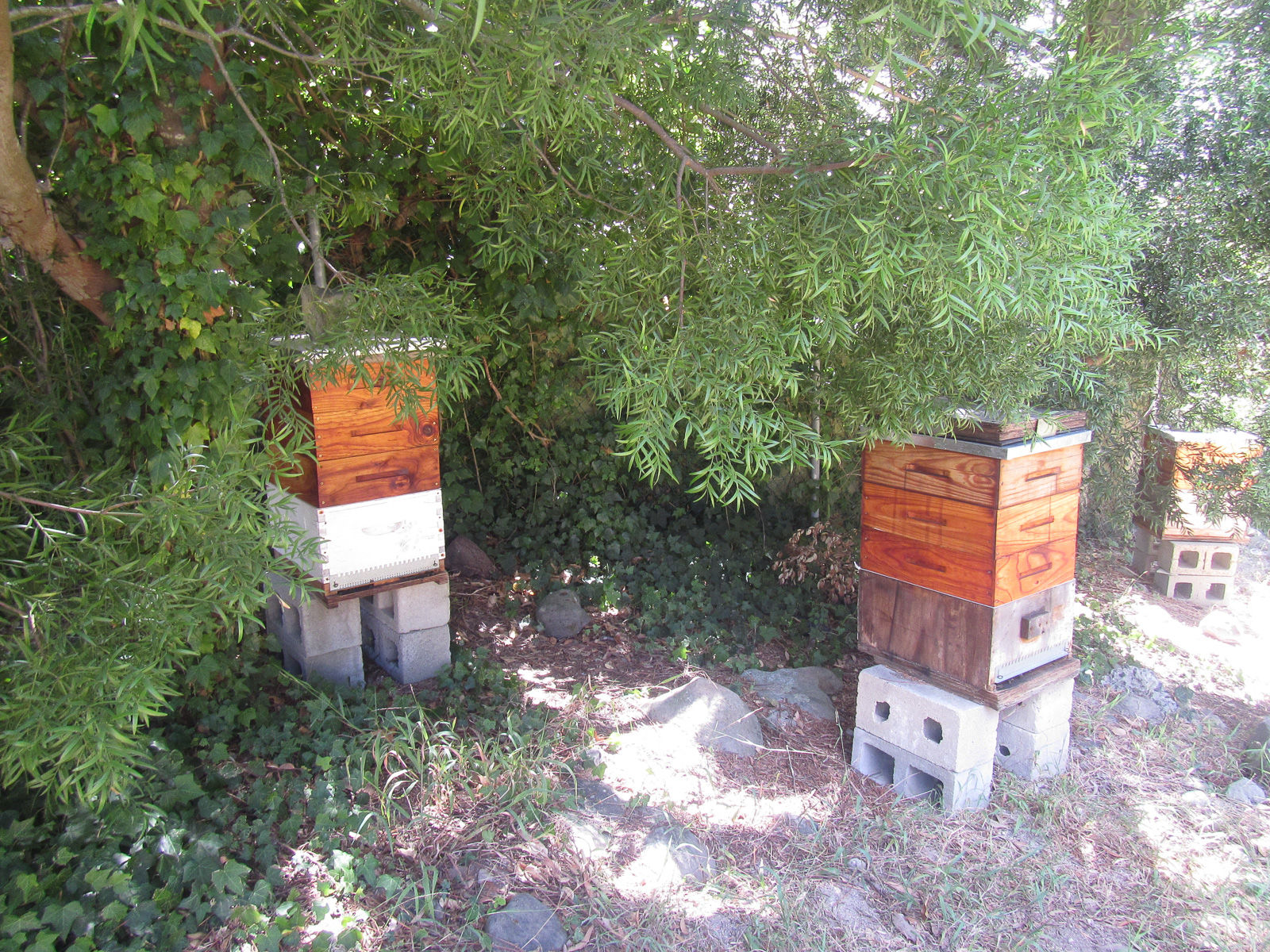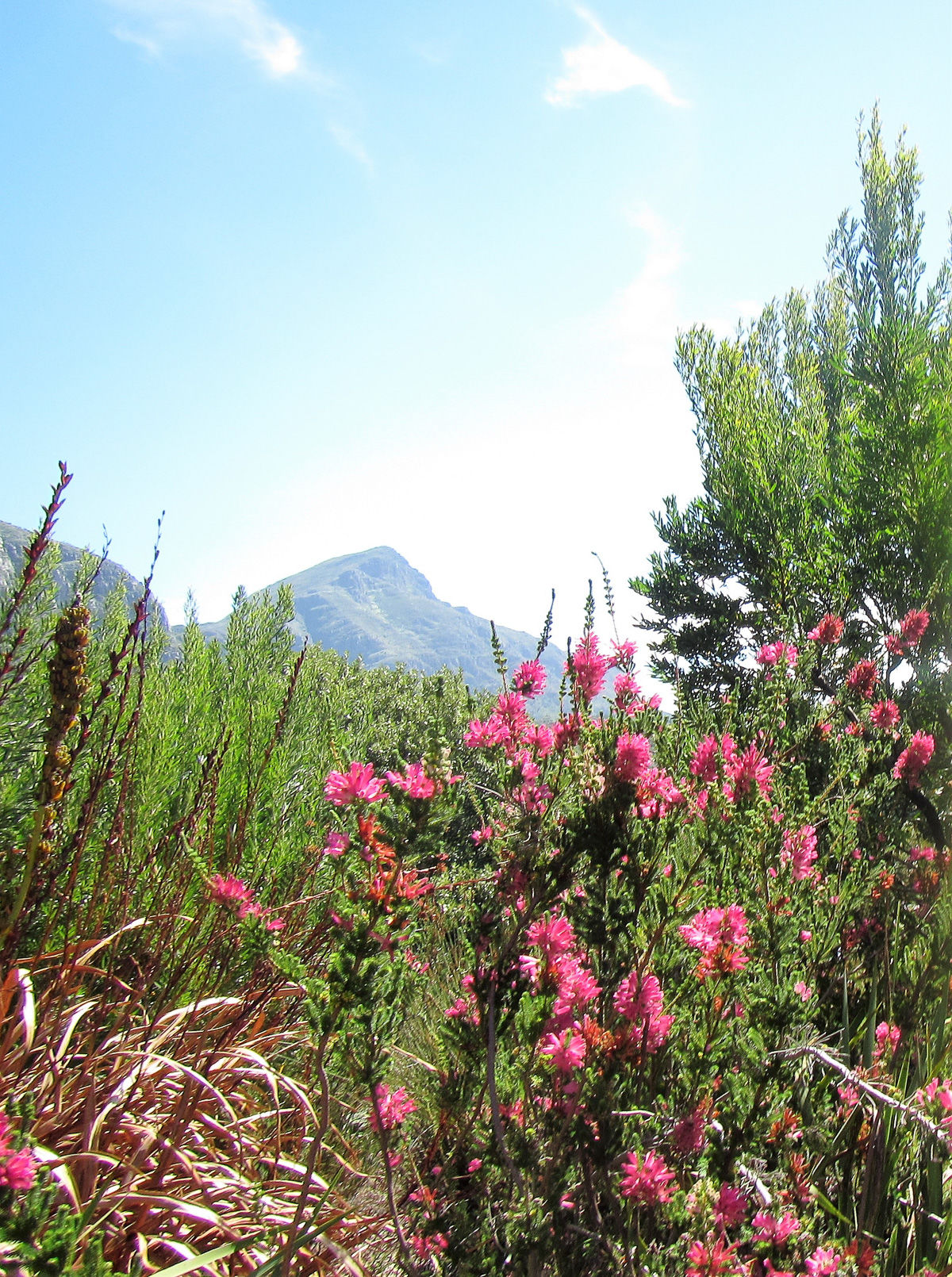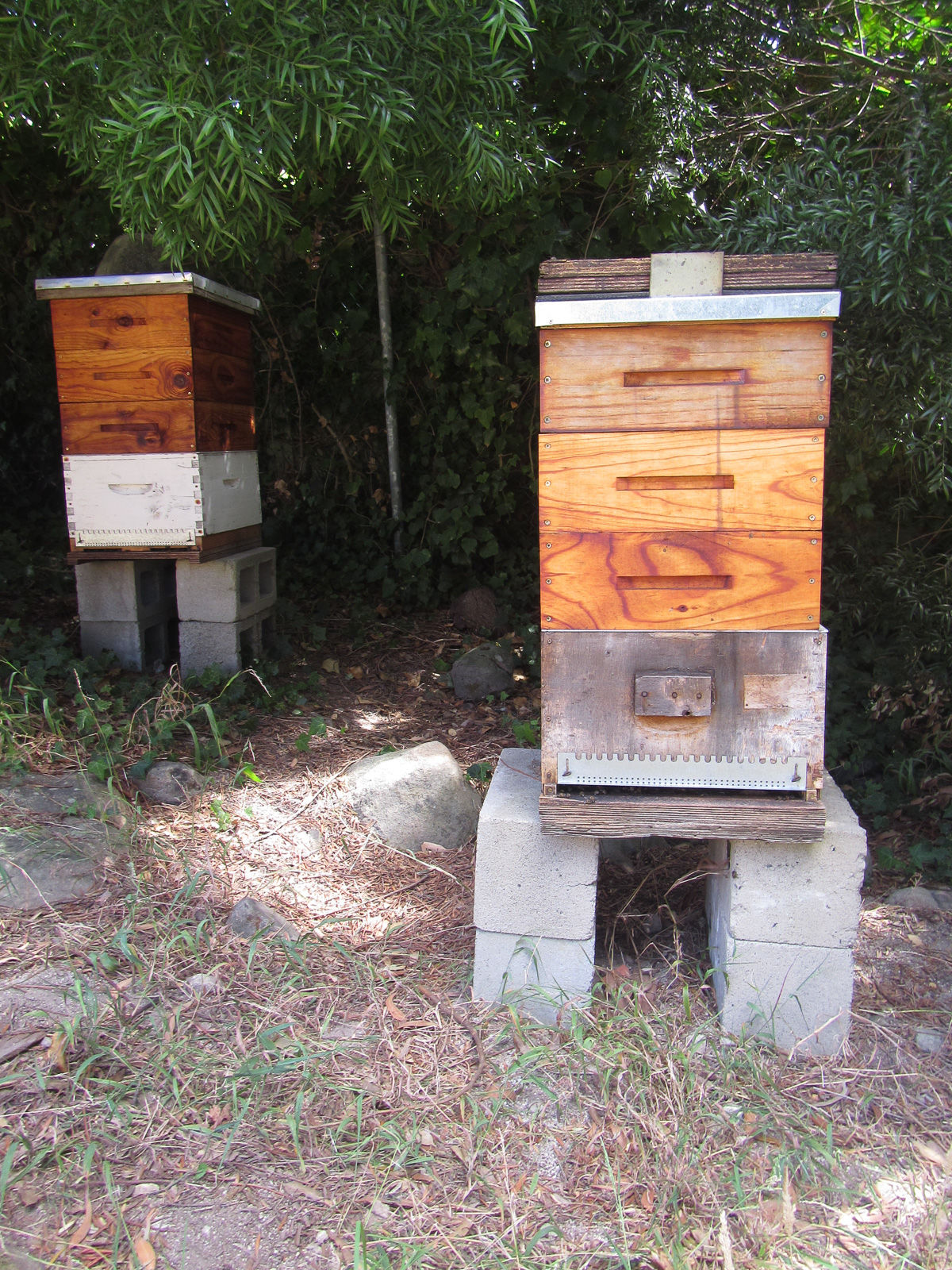Meet the beekeeper
Adam trained as a botanist and worked at Kew gardens in the UK before returning to his homeland where he has been working for the past 17 years at Kirstenbosch. Adam got into beekeeping when he was asked to provide some science and help edit the book Bee Plants of Southern Africa by M. F. Johannsmeier. This peaked his interest, along with a friend getting into beekeeping and another studying the physiology of bees and how to prevent bee colonies from dwindling. He started a couple of years ago and hasn’t looked back.

What’s the environment like at Kirstenbosch?
Adam tells us that it's full of indigenous, succulent collections with ‘Afro’ mountain trees like gums or eucalyptus in the deep gorges and on the high ridges Fynbos, which belong to the citrus family (Rutaceae). They are located on the Eastern Slopes of Table Mountain and the hives are situated above the Kirstenbosch gardens. There are 2,500 species of plants in the Cape peninsula including ericas (heather), proteas (sugarbush), buchus (pronounced boo-gh-oo) and daisies. Bees love harvesting pollen and nectar from these plants as well as honeydew and resin to use as propolis. Two thirds of the Fynbos can only be found in the Western Cape and no-where else in the world. They have a large dam so there is usually plenty of water to serve the abundance of plants.
The Cape Honeybee
The Cape Honeybee is darker in colour compared to other honeybees and is only found in the Western Cape and some parts of the Eastern Cape, basically where the Fynbos grows. The lifecycle through the year follows this pattern: egg – larva – pupa – adult bee. Honeybee colonies comprise of a single mated queen and 10,000 - 50,000 of her workers. The average lifespan of a queen is three to four years; drones usually die upon mating or are expelled from the hive before the winter. Workers may live for a few weeks in the summer and several months in areas with an extended winter. Adam sets up catch hives around the terrain to gather natural swarms and relocate them away from the public and out of harm’s way of vandals or hive theft that can be a concern.
About the hives
Adam has more than 20 hives that are based on the Langstroth design which comprises of, from the bottom of the hive up, two brood boxes, a queen excluder and then another box called a super chamber. There are two supers on top of each other and each holds 10 frames inside it where the bees build wax onto the frames and store their honey. The beehive's internal structure is a densely packed group of hexagonal prismatic cells made of beeswax, the honeycomb. The bees use the cells to store food (honey and pollen) and to house the brood (eggs, larvae, and pupae). The upper and outer part of the hive is for honey storage and production, and the centre is for brood production. They provide bees with a place to hatch eggs, feed larvae and house the pupae from which young bees emerge. A healthy brood frame has large numbers of eggs and larvae, as well as nectar and pollen to feed the growing young.

The seasons at Kirstenbosch
Kirstenbosch enjoys a Mediterranean climate, with a long, hot, dry summer (November-March) and a short, cool, rainy winter (June-August). Towards the end of winter, or in spring or early summer is the best time for Fynbos, with all the plants in flower.
Autumn
Late summer and autumn comes in April and May in the South African Cape, and the weather is cool and changeable. The Fynbos has sprung to life, having survived the summer. Many species, including a wide variety of proteas, are flowering. Adam collects a small harvest in April, from one super per hive. With 10 frames per super when he harvests for the first time he removes one frame to leave 9 which then draws out the honey, giving a higher yield.
Winter
This is the rainy season, when the Cape is confronted with frequent storms interspersed with days of clear, blue skies and sunshine. Adam leaves some honey for the bees over the winter to keep them going. Temperature in winter can drop to 4 to 6 C which is a lot when you think the bees need the hive to maintain a temperature of 27 to 30 C or even higher. For this reason, Adam uses a plastic queen excluder, instead of a metal one, between the brood and super frames to stop her laying eggs in the upper part of the hive and keeping the honey pure. Plastic is a better insulator as the metal ones get cold.
Spring
By August, spring is in the air and many of the Namaqualand daisies are flowering. The bees forage on protein-rich pollen and Adam gives them a little sugar and water. This provides the carbohydrate they need to build their numbers up before the big nectar flow in September/October when he will do another small harvest.
Summer
November marks the beginning of summer. The weather is becoming hot and dry with fewer rainy days. Hard to miss at this time of the year, going into December, are the magnificent Cape chestnuts (Calodendrum capense); their canopies turn pink, covered in large panicles of delicate blooms. Another flowering tree is the weeping boer-bean (Schotia brachypetala), with its nectar-filled flowers that attract many bees and birds. The bees sustain themselves through summer and Adam makes sure to prepare a good healthy brood box. When the hives are in full sun he makes a shield to help keep the hive cool. Then in January he does a big harvest; during a good season he collects an average of 11 kg of surplus raw honey from each hive.
March marks the end of the summer. The days are still warm and sunny but by now are noticeably shorter and the weather is becoming cooler with the promise of rain to come.
How do you see your role as a beekeeper?
Adam's ethos is the same as all the beekeepers that we work with at Balqees. He's adamant that his role is to facilitate what the bees do naturally and take care of them with as little interference as possible. He's also looking to bring on some new queens allowing the colony to grow and divide as he brings in more hives. He makes sure there is enough space in each hive for the queen to reach each brood frame to lay her eggs.
Throughout the year he maintains the hives, checking for pests and diseases and cleaning frames and boxes. But, Adam adds, a healthy colony takes care of itself for the most part. He shares, "A friend once said to me, ‘Bees never take holidays, they work 365 days of the year and I prefer working with bees more than people’."
Kirstenbosch Mountain Honey
All this care, attention and hard work results in a beautiful result. This raw honey is crystal clear with a rich amber colour; it’s finely-filtered so the texture is smooth with a medium viscosity when it pours from the spoon. The bees from Adam's hives within the Kirstenbosch National Botanical Gardens, Cape Town, forage on the vast variety of native South African plants in the garden and the extremely diverse flora of the Fynbos vegetation on the surrounding mountainside. As the bees have a few thousand different plant species to forage on, the result is a rich, unique and complex flavour not readily obtained in other environments.
Thanks to Adam Harrower, Senior Horticulturist at Kirstenbosch National Botanical Gardens, Cape Town, South Africa for this fascinating insight into his beekeeping year.
Balqees new range of Kirstenbosch Mountain Honey will be the shelves of the UAE and on the Balqees website soon.












